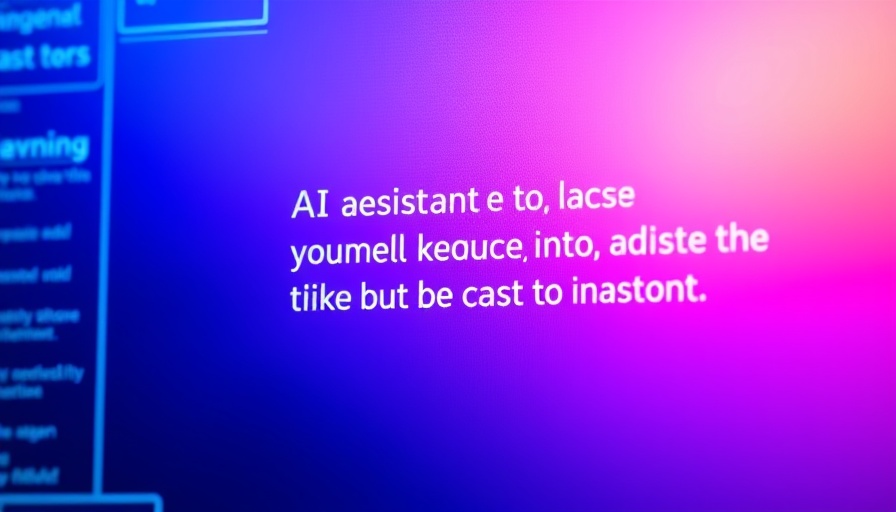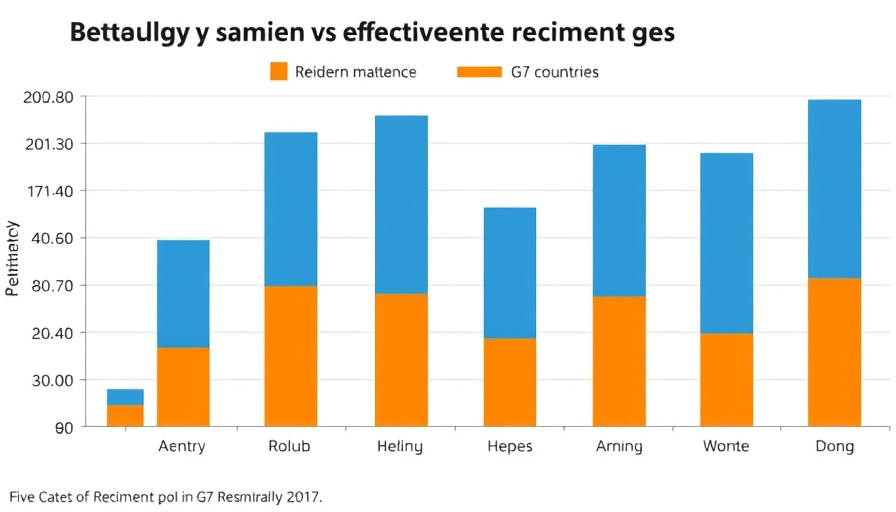
Reimagining Employee Performance with AI
In today's fast-paced workplace, utilizing AI is becoming essential for optimizing employee performance and skills development. Chief Human Resources Officers (CHROs), CEOs, and VPs of Talent must understand that simply implementing AI tools is not enough; they require an effective workforce strategy where technology complements human insights. This approach leads to improved employee engagement and heightened productivity.
People-First Leadership in an AI World
As we adopt technological advancements, it’s vital for leaders to foster a high-performance culture that prioritizes human connections. The shift toward people-first leadership ensures that employee well-being is at the forefront. Leaders should aim to leverage AI not merely for efficiency but to enhance the human experience at work.
Succession Planning and AI: A New Paradigm
AI can transform succession planning by identifying potential leaders within organizations more efficiently than traditional methods. By analyzing various HR metrics, AI enables companies to tailor their development programs, ensuring the next generation of leaders is adequately prepared to drive the organization's mission forward.
Driving Workforce Optimization with Technology
The adaptation of AI within HR processes plays a pivotal role in workforce optimization. Advanced predictive analytics can inform employee retention strategies, enabling businesses to minimize turnover while maximizing talent utilization. In a competitive landscape, this capability can be the difference between thriving and merely surviving.
The Future of Performance-Driven Leadership
As AI continues to evolve, HR professionals must stay ahead by embracing it as a partner in leadership development. Understanding and implementing AI in a way that crafts a supportive, engaging workplace will ensure organizations thrive in this new paradigm.
To align your organization with the future of HR, dive deeper into these insights and evaluate how AI can create tangible benefits in your talent management practices.
 Add Row
Add Row  Add
Add 




Write A Comment